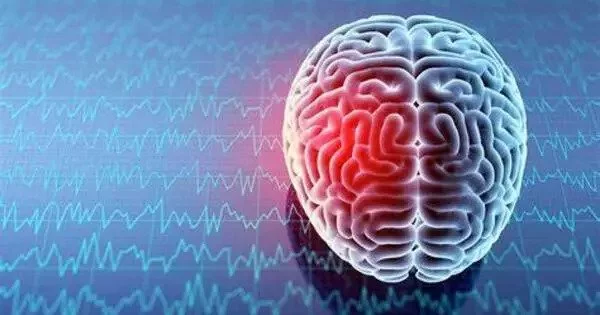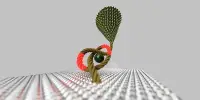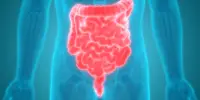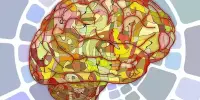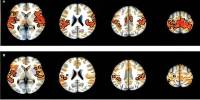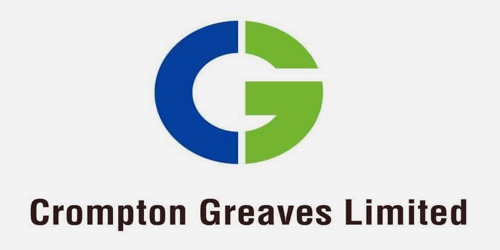In the context of sports concussions, brain biometrics refers to the use of an individual’s brain’s unique patterns and traits to identify and assess the severity of a concussion or to track their recovery. This growing discipline integrates neuroscience, medical imaging, and biometric technology to improve athlete concussion diagnosis and management.
According to recent research from the University of South Australia, novel brain biometrics could assist in determining whether an athlete is fit to return to play after a concussion. Researchers discovered that alterations in micromovements of the brain – known as ‘headpulses’ – could detect the long-term effects of a concussion in a study conducted in collaboration with the University of California San Francisco (UCFC).
Researchers detected brain anomalies in 81% of concussed players, indicating prolonged injury beyond projected recovery durations, using a custom-designed headset* to examine headpulse biometrics among 101 amateur male and female Australian Rules Football players in South Australia.
These changes in headpulse continued 14 days after concussion symptoms subsided and were worsened by return-to-play or unsupervised physical exercise. According to Kevin Norton, a professor of exercise science at the University of South Australia, headpulse measurements could supplement current return-to-play guidelines.
Traumatic brain injury inflicts more than 60 million people every year, with a third of these being sports-related. While we know that Australia’s sports sector takes concussions seriously – via considered return-to-play protocols – we also know that objective measures of concussion recovery are not fully established.
Prof. Norton
“Traumatic brain injury inflicts more than 60 million people every year, with a third of these being sports-related,” adds Prof. Norton. “While we know that Australia’s sports sector takes concussions seriously – via considered return-to-play protocols – we also know that objective measures of concussion recovery are not fully established.”
“We employed headpulses (a natural measure of brain ‘wobble’ aligned with each heartbeat) in this study to assess any changes in frequency caused by a concussion. We noticed that almost all concussed players had a ‘disconnect’ between their symptoms and the headpulse, such that even when the players reported they felt OK, the headpulse indicated indications of brain injury.”

While most players believed they had recovered 10-14 days following their injury, the study found that it could take up to four weeks for certain players to recover and return to typical headpulse patterns. If there is no symptom exacerbation, Australian Football concussion recovery protocols call for 24 to 48 hours of strict physical and cognitive rest, followed by graded individual and team training; the earliest allowed return-to-play after protocol completion and medical clearance is 12 days after a concussion.
The report Concussions and Recurrent Brain Trauma in Contact Sports, released this month by the Australian Senate Committee, proposes that national sporting bodies investigate further rule changes for sports to prevent and lessen the impact of concussions and repeated head injuries.
This research contributes to the growing body of knowledge that informs concussion protocols.
Notes
- *The headset is patented by UCSF and licensed by medical technology company MindRhythm.
- Data for sport-related concussions and repeated head trauma is under-reported in Australia, however, the most recent AIHW data shows that 2305 sports-related concussions occurred between 2019-20. Men incurred 70% of concussions and more than a third of those hospitalized were young sportspeople aged 15-24 years.
- About 730 concussions occurred while playing some form of football, and approximately 440 occurred while cycling
